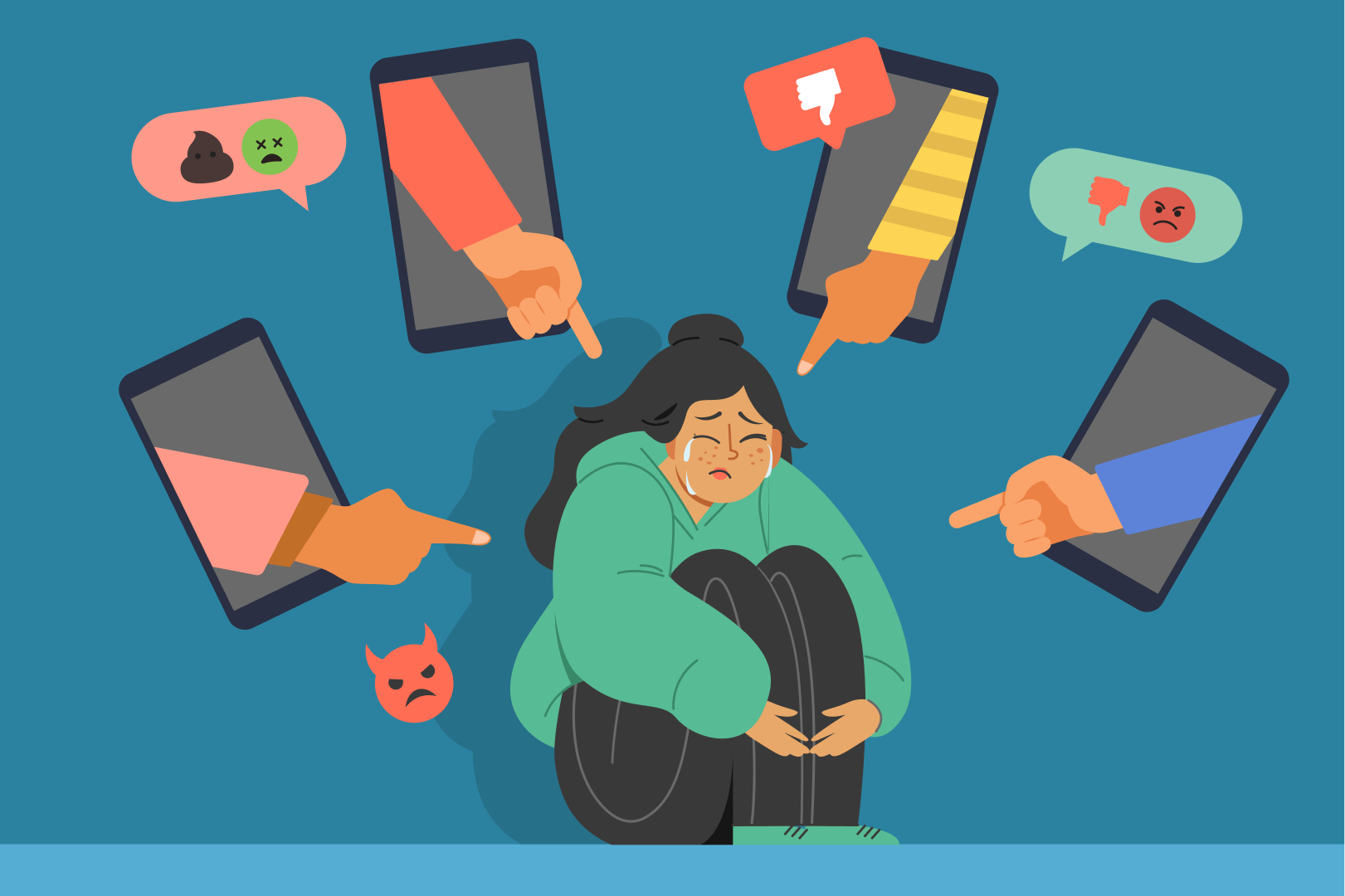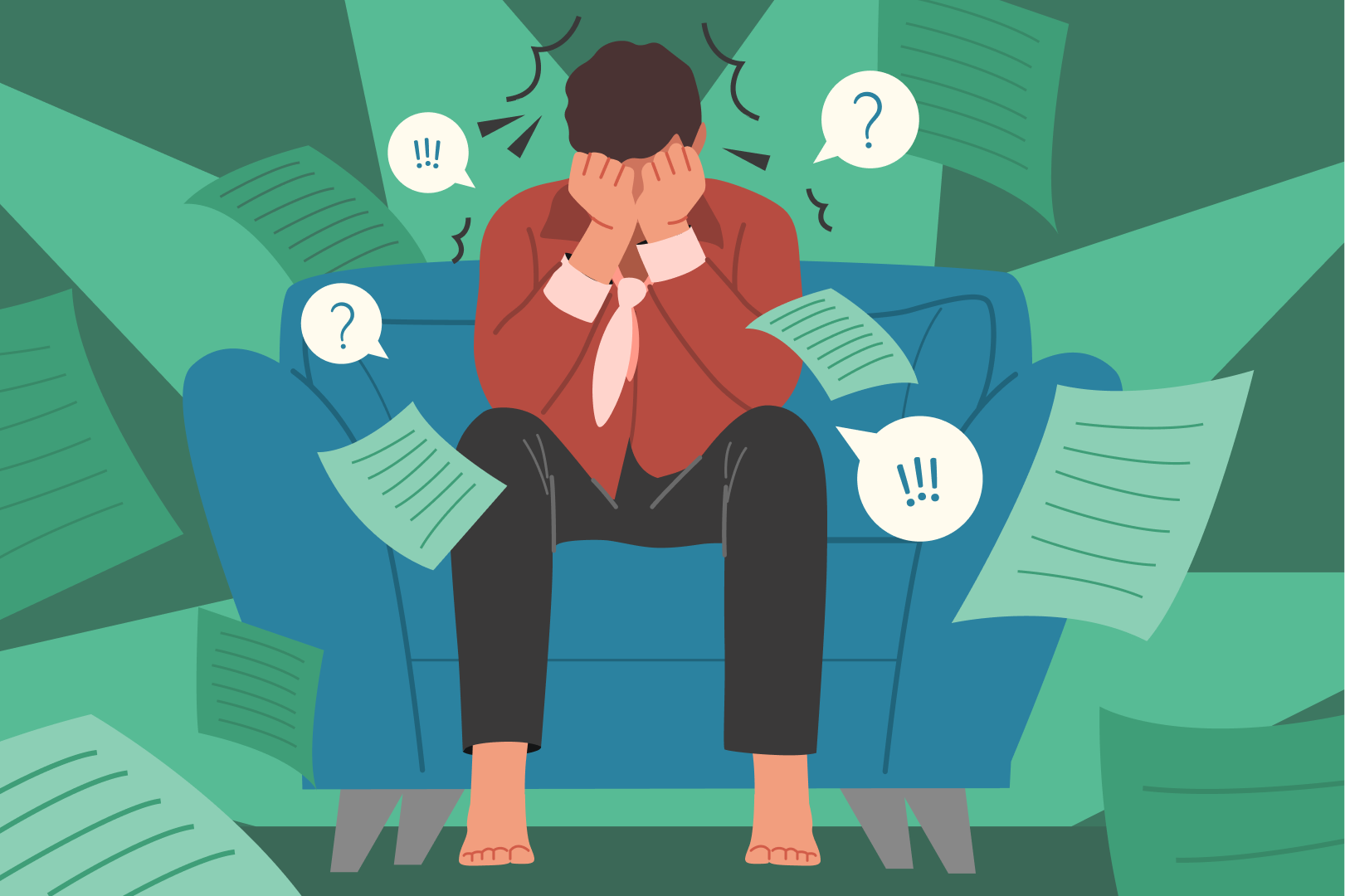What is Peer Pressure?
Peer pressure is the internal or external pressure felt to behave in certain ways, both good and bad. Peer pressure begins as early as age 10 with the forming of social groups in school and increases during adolescence, throughout junior, middle and high school.
Right from the beginning, parents work to teach their children how to make healthy decisions. But as children age, parents’ influence decreases and the opinion of peers becomes more and more important. Social pressure can affect a wide range of thoughts, actions and behaviors, from academic performance to substance use to mental health.Changing hormones, developing brains and emerging identities makes the start of adolescence a particularly vulnerable time, where peer pressure is most influential. This is also a stage in life where friend groups are of utmost importance and the need to fit in is a major factor in decision making. Peers influence most aspects of a teen’s life,including how teens dress, what music they listen to, and what kind of activities they are involved in. Peer pressure can be direct or indirect, but it is almost always present. Learning to handle peer pressure helps a teen mature and learn positive ways to get along with others.
There are several different types of peer pressure that kids and adolescents may experience. Types of peer pressure include spoken and unspoken, direct and indirect, and negative and positive.
Positive Teen Peer pressure happens when friends encourage teens to :
- do well in school,
- get involved in positive activities,
- volunteer,
- eat healthy foods,
- avoid drugs, alcohol, and other risky activities.
- Friends also help teens learn good social skills and better ways to communicate and work out problems, and give teens good advice.
Positive peer pressure can foster a sense of belonging, self-confidence and a solidified sense of self.
But, it’s important to understand that even pressure to do good things can be bad for teens, if they don’t learn to say NO when they need to. For instance, a teen may need to say no to going to a movie if he or she has homework that needs to be done. Always going along with what others want can cause a teen to have lower self esteem, and to give up things that are important to him or her.
Negative teen peer pressure is when teens feel pressured to do something they know is wrong, such:
- as smoking,
- drinking,
- doing drugs,
- Stealing,
- Cheating
- Bullying
- skipping class or
- having sex.
Teens may be tempted to give in to negative peer pressure because they want to be liked or fit in, they are afraid of being made fun of, or they want to try something other teens are doing. Negative peer pressure will remain a part of a teen’s life into adulthood, which is why it is important for teens to learn how to deal with it. Negative peer pressure can also affect mental health. It can decrease self-confidence and lead to poor academic performance, distancing from family members and friends, or an increase in depression and anxiety. Left untreated, this could eventually lead teens to engage in self-harm or have suicidal thoughts.
The effects of peer pressure can manifest differently in each person. Peer pressure can play on certain strengths or challenges that an adolescent already faces. For example, a teen with low confidence and few close friends may be more susceptible to the effects of negative peer pressure, while a confident, extroverted teen may be more likely to give and receive positive peer pressure.
Just as in-person interactions can be both positive and negative, communication through social media can also have a positive or negative effect. Social media is constantly available, enabling teens to receive those messages 24 hours a day, 7 days a week. This means social media has great potential to amplify feelings of peer pressure, both negative and positive.
One common social media misrepresentation is when people post the “best” of their lives, creating a false sense of reality. This can lead teens to compare the true reality of their lives to the “picture-perfect” portrayal of others’ lives and feel pressure to keep up. Additionally, the absence of in-person feedback can enable an environment in which people share harmful content or abusive comments that they would not otherwise say in person. This phenomenon (called trolling) is an incredibly pervasive form of negative peer pressure found on social media. There have also been examples of harmful online challenges that have the potential to negatively impact a child’s health.
Fortunately, social media can also promote positive peer pressure through groups that support charitable causes or pages that highlight inspirational stories. Access to social media also allows us to stay connected to far away family and friends in ways that were not possible before.
To support children in an age of screens and social media, it’s important for parents to teach healthy digital habits that encourage emotional health.
Some things a teen can do to handle peer pressure include:
- Decide before you get into a situation what your values and standards are.
- Choose good friends who share your values. Good friends use positive peer pressure to help you be your best self.
- Avoid situations where people are doing things you don’t want to do.
- Think about your reasons for doing things: Are they good reasons? Are you being true to yourself and your values? Think about what the consequences will be of your decisions and actions, such as if an activity might harm your health or get you into trouble.
- Practice ways to say no – come up with excuses if necessary, such as that you don’t want to get in trouble, damage your body or mind, or risk blowing your involvement in sports or academics.
- Talk to your parents or a trusted adult about the kinds of peer pressure you face and listen to their advice.
- With your parents or another trusted adult, come up with a code word you can use to let the adult know that you need help getting out of a bad situation but can’t talk about it.
There are endless skills for teens to develop with their peers. Skills that are needed to work effectively with people, have meaningful friendships, and healthy romantic and family relationships in the future. While peers become increasingly important during adolescence, parents continue to play a vital role. Part of that role involves helping teens successfully navigate increasingly complex social situations. This includes teaching them to say “No” effectively — stating their position clearly, standing their ground, while still maintaining relationships and helping their child prepare for situations of negative peer pressure.
Some tips to help teens avoid negative peer pressure and respond in a healthy way include:
Create an environment of open communication with your child from an early age. Look for opportunities to ask your child about pressure they have seen or experienced and how that made them feel. Let them know you are there to listen and help if they need it.
Share your own experiences of peer pressure as appropriate and ways you’ve handled them. Model healthy behaviors with your friends and family.
Teach your child how to set boundaries and be assertive in their communication. Ask them to think about what they would say in a negative situation, and practice saying no in different ways.
Teach adolescents to say no only when they really mean it. No should always mean no. No shouldn’t mean maybe. And it’s ok to be unsure. But when they are unsure, they should be prepared to say, “I don’t know,” or “Maybe,” or “I need to think about it.” As soon as they are uncomfortable, it is important to be clear and firm that the answer is no. It is not up for negotiation. Your teens should state their position clearly in a non-negotiable, but also non-confrontational, way. They might say, “No. Thanks. Not into it.”
Be Mindful of Body Language- Remind your teens that words are only a small part of the story we tell. Body language is also a big factor in what we communicate to others. Saying no while smiling and leaning into someone could send mixed signals. No is more clearly communicated through body language when you stand your ground, make eye contact, and remain calm. Sometimes the best strategy is just walking away and distancing yourself from potential trouble.
Offer Alternatives-Sometimes teens may hesitate to say no because they think it will be unpopular with friends. No one wants to be the odd one out or to appear like they are judging friends for their choices. A helpful strategy to teach teens is to offer alternatives. For example, a teen facing peer pressure to ditch class with a friend could respond, “I’m going to class. But I’ll meet up with you after school to shoot hoops.”
Reinforce Values- When teens make a choice that is right for them and stick with it, they learn to express their values. What is ok for one person may cross a line with another. Remind your teens that they are their own people making their own choices. It is up to them (not their friends) to decide what they value. It is up to us as parents, to establish the boundaries that will keep them safe and to guide them towards healthy values they will choose to follow.
Practice- When teens have the opportunity to practice new strategies, they gain confidence in their ability to use the skills in real life.
Role playing is the most obvious way to practice saying no. Set aside a time where you present your teen with a variety of potential situations. For example, they get to the party and there are no parents present or they are offered a ride with someone that has been drinking. Give them time to consider your sample situations and ask them how they would respond.
Find Teachable Moments- Role playing can feel like too much pressure to some young people. Consider it as an alternative using an example from TV or a movie. When a teachable moment presents itself, ask how your teen would have responded to a similar situation. Or as you’re riding together in a car you may be exposed to real life situations on the streets around you. Comment on what you notice and ask your teen to consider how the kids you pass should handle a given situation. These strategies allow teens to develop skills without forcing them to focus on themselves.
Model. Model. Model- Finally, model how you say no clearly and definitively through your own body language and words. Be subtle and just comment on how you navigate the world. There’s no need to point out that you’re teaching them. Just let it happen naturally. As our teens watch us, they gain “practice” painlessly from our life experiences and modeling.
Blame Parents- When all else fails, having an out to save face in front of friends can be an important resource. Teens can “blame parents” as a way to avoid pressure to do things they don’t want to. For example, a teen that is pressured to drink alcohol might say, “No, I can’t. My mom waits up for me and she’ll know if I smell like alcohol. I’d be grounded for life.”
Setting up a code word is another opportunity to get out of a situation and save face. This strategy includes a pre-set agreement between parents and teens, so that when the teen uses the word, the parent demands they come home. This allows the teen to tell friends, “Sorry guys, I gotta go. My Dad is making me come home.”
Establish a plan and a backup plan with your child for situations of negative peer pressure. Let them know there is nothing wrong with making an excuse if they are unsure what to do and help them brainstorm creative ways to exit an uncomfortable situation.
Make an effort to get to know your child’s friends and their parents. If possible, encourage your child to invite friends over as one way to become familiar with them.
Encourage your child to seek out positive relationships and to choose friends who respect them and do not put unfair pressure on them.
Foster independence in your child and teach them to listen to their gut. Let them know that they cannot please everyone, and that is okay.








